
Between September 2018 and June 2021, Ursula Martin walked alone across Europe. Her journey of over 5000 miles from Kyiv in Ukraine to her home in Mid Wales covered 14 countries and several mountain ranges, a cultural and linguistic challenge as much as a physical feat, and one that took place for much of the way against the backdrop of the pandemic.
Ursula, 41, is no stranger to solo long distance feats, having previously made a huge and winding walk through Wales, an odyssey we interviewed her about back in 2015:
"In September 2018 I hitchhiked from Hook of Holland to Kyiv, then started walking" she says.
Her route from Kyiv took her southwest to Rachiv, through Central Ukraine and across the Carpathians. She then went south through the Romanian Apuseni Mountains and the Carpathians again before heading southeast to cross the Danube at Ruse, Bulgaria. Veering west, she walked to Serbia, and Stara Planina, the Balkan Mountains, before a swoop down to Montenegro. The Bosnian Dinaric Alps and central Bosnia followed, and on through Croatia at its narrowest point before going north through Slovenia to Kobarid.
I've honestly never come close to feeling like quitting during either of my journeys. How can you hate what you're doing when there's always something wonderful to look at?
Entering Italy, she made for Venice before heading west across the Po Valley into the Ligurian Mountains. Passing into France over a high Alpine pass, she wove through the south of the country on a mix of long distance trails, the GR4, GR6 and GR7, and then climbed into the Pyrenees at Canigou. A westwards traverse of the Pyrenees, attempting the Haute Route but in the end walking a mix of HRP, GR10 and GR11, led her to St Jean Pied de Port.
From here the French route of the Camino de Santiago took her on across northern Spain to Finisterre. At this far tip of Europe she turned back inland, following the Primitivo and North routes of the Camino in reverse to Santander, and the ferry to Portsmouth. Back in the UK, it was then just a simple matter of linking footpaths all the way to Llanidloes, which she reached on 6th June this year.
UKH: You're an old hand at massive journeys on foot - so what gave you the inspiration for this one in particular?
Ursula: All of my major journeys link together, the inspirations and ideas have run on from one another. I kayaked the length of the river Danube in 2011 and wound up in Bulgaria for winter 2011/12, with plans to make my way back to the UK on foot. I then had an unexpected ovarian cancer diagnosis and changed plans completely, walking 3700 miles in Wales once my illness was over. The walk across Europe has been both a continuation of my ideas pre-cancer and also a big step forward in the complexity and difficulty of the challenges I've taken on.
I wanted to start in Kyiv as it felt like the edge of Europe, from one end of Europe to the other.
I wasn't actively fundraising during this journey, but some people have asumed I was. I think it says a lot about our need to understand challenges in certain ways, that they can't just be done for their own sake.
I did a lot of ovarian cancer symptoms awareness and fundraising during my Welsh walk and although I kept a fundraising page open during this one, I really felt like the Europe walk was just for me.
In January 2022, to mark the 10 year anniversary of my cancer, I'll be walking from Land's End to John O Groats and that will be another fundraising journey for Target Ovarian Cancer.
https://www.justgiving.com/fundraising/onewomanwalkseurope
How did friends and family react to the idea that you might be away so long?
I suppose they just rolled their eyes, they're pretty used to me by now. I've been transient for a few years now, having either been walking or living in a van since 2014.
Did you set out with the final end goal in mind, walking all the way back to Wales, or did this plan take shape as you went along?
I always knew I'd walk back to Wales, and had a rough route idea which was just a line drawn onto a very large scale map, including points I wanted to visit - the Balkans and the Camino to Santiago.
Was much of the route planned in advance, or did you improvise along the way, as the urge took you?
The actual route decisions happened at much shorter notice, sometimes week by week or even day by day. I made my own route from Ukraine and it wasn't until Montenegro that I followed my first more established long distance path, the Via Dinarica.
I used paper map and compass to cross Ukraine, hard going at times as the most detailed maps I could get for most of the country were 1:250,000! Fortunately it was very flat for the first month, the back roads marked on the map were mostly dirt tracks through fields anyway, and I could get 1:50,000 for the mountains. I turned to electronic route finding from Bulgaria onwards due to the difficulty of sourcing paper maps.
I used Viewranger mostly, sometimes MyTrails for the variety of information available such as water sources. Occasionally in the Balkans I would turn to satellite mapping to identify worn trails ahead which didn't appear as mapped paths in remote rural areas.
What was it like, walking across a continent during a pandemic?
Awful, in many ways; both the travel restrictions and intermittent lockdowns needing to be worked around and then the general state of fear it created for people, meaning much fewer spontaneous conversations and connections with strangers. I spent the pandemic very very separate from people, which as a traveller who only has meetings with strangers, was very isolating.
I slept in bus shelters; abandoned buildings; dry river beds; mountain tops. It's the part of the journey I love the most, not trying to control sleeping places in advance and just dealing with whatever comes my way
I'm very glad I kept going to complete the journey more or less as planned, rather than going back to the UK once the trouble started, but it was extremely stressful and worrying at times. I was lucky enough to spend the entire pandemic in the Schengen area of Europe - Italy, France and Spain, meaning the land borders were generally very open. I have friends who have had their walking journeys interrupted much more significantly due to long term land border closures in Central Asia or South America for example.
All I had to do was shelter in place during extreme lockdowns and then carry on once I was free to move again. The problem was most stressful at first, when everything happened suddenly and by surprise.
Did Coronavirus and travel restrictions create any particular difficulties for you?
Between March 2020 and the end of the journey in June 2021, I spent six months on lockdown in three different places, just kind of in stasis really, unable to progress the journey. The hardship for me came from extreme loneliness, especially during the first lockdown March-June 2020, where I was alone in a house in a very small French village. I had no projects of my own and it was very hard to stay positive and motivated.
The fact that I had no real deadlines to complete the walk helped a lot. As long as my funds lasted, I could keep going, and it meant that as long I had the patience to wait out the various lockdowns, I could carry on with the journey.
What sort of reaction did you get from people met along the way?
The Balkans were the friendliest I think, just never ending invitations to step into people's houses for coffees and food. In many rural villages, people would warn me about bears and wolves, something they live with as a constant danger to their livestock. The women and hunters sometimes couldn't believe that I was prepared to walk alone into the forest, let alone sleep there!
I got asked about money quite often, how I was able to do this. I felt quite unable to accurately explain about how I could appear to be relatively rich (ie able to take such a long break from conventional work) but actually that in the UK I'm considered poor (no ownership of house, car, furniture or white goods, annual income below £10k).
Was the journey as much about the people, as the landscape?
People, landscape, animals, physical exertion and achievement. I'm not sure any of these things can be separated as a pleasure or objective of the journey. The journey was about walking thousands of miles from one point on land to another; and experiencing all that comes with that.

In our last interview (six years ago!) you said: "When I travel slowly it gives me a greater, immersive sense of the land and culture that surrounds me, rather than the quick, brightly coloured flashes of train or air travel" – was that true of this journey too?
For me, a journey done at walking speed treats the size and complexity of the terrain I'm crossing with respect. I think that as humans have developed their ability to cross huge tracts of land at speed, reduced journeys of months to mere hours, so the appreciation and respect for the size and complexity of the globe has diminished. It is no longer something more powerful than us, we are less at the mercy of it, we cherry pick its best parts and look past others.
I think flying internationally for short holidays should become a thing of the past.
Did you experience any language or cultural barriers, and were they in fact part of the fun?
Only having a few words of a shared language means that small, unimportant interactions become deeper points of connection. Eye contact and smiles are more meaningful.
I had a basic knowledge of Spanish, French and very little Bulgarian before I set off, which helped me link into other languages throughout my route, such as Italian and Serbian.
By the end of each country I usually knew enough of the language to be a good tourist (order food, do shopping etc) and answer all the usual questions people would ask me.
It must have been physically gruelling at times: how did you manage your energy to ensure you didn't burn out?
I try as hard as I can not to put competitive pressure on myself, so I'm not trying to achieve faster and faster speeds all the time or match other walkers who are mostly taller and thinner (and therefore faster) than me. The fact that I'm doing a unique route helps, and that it's a much longer journey than most others - there's very little in the way of direct comparisons such as FKT (fastest known times).
I saw my first bear just as I was about to get into my tent in the Glavica mountains, Bosnia. My eyes were popping out of my head!
Was it occasionally necessary to rest up and take a break from the walking?
Yes, absolutely. I mostly followed a schedule of one rest day a week and a rest week every eight weeks.
Then other breaks would creep in such as a fortnight off for Christmas or a week off for my birthday. I had to return to the UK for a hospital visit the first summer of 2019 (when pre-pandemic I thought I had all the time in the world) and took six weeks away from the journey. As time went on and I got more tired, during the second year, single rest days would sometimes become two or even three.
Then obviously the pandemic screwed my schedule up completely, both in lockdown terms and stress levels while walking. But mostly, my life was walking and rest breaks were holidays from it, as if it was a job.
Worries about jobs and money would put a lot of us off doing something huge like this, and perhaps taking that leap is one of the boldest things you did: but how did you manage the finances?
I have very little in the way of assets or possessions, so there was no mortgage or other ongoing outgoings to consider. There was nothing I couldn't leave, in fact I'd designed my whole life after finishing the Welsh walk with the idea that I'd leave for the Europe walk after a couple of years. I lived in a van to help me save money, which I sold before leaving.
Everything I did once I'd finished my book about the Welsh walk was about increasing savings for the Europe walk and I left with more than 10k, which I hoped would be enough to see me through what I thought would be a two-year journey.
I also set up a Patreon page (a crowdfunding platform for patrons to support artists, musicians, creators and creative people with monthly payments), with the idea that maybe nobody would sign up but that I should at least create the option for people to support me. I posted a third of my blog writing exclusively to Patreon and to my surprise, people supported me and many stayed committed for many months. I think that the fact I'd already made one public journey and written a book meant that I had an existing audience, it would be very hard to immediately create financial support without already proving yourself.
The Patreon income meant that once the pandemic hit and the journey delays began, I didn't have to worry about running out of money, a huge relief when you're used to hoarding a slowly diminishing bank account as I did throughout the Welsh walk.
I think that unless you're well off or have familial/spousal support, you do have to give up a lot in order to focus on creating a journey like this and that's an intimidating barrier to many people. I don't "have it all". I just have expensive journey kit and the rest is charity shop clothing.
I wore out eight pairs of boots and shoes in total!
What about mental fatigue? It'd be interesting to look at how you stayed motivated and kept your morale up, and if there were times when you perhaps considered jacking it in, but managed to persevere?
I think I just don't give myself the option to quit, it doesn't exist. I'm very stubborn. I also know that I wouldn't just quit, I'd let the challenge slip away by degrees while lying to myself that I was continuing, just taking an extra day off or two. It means that I have to be strict about the amount of leeway I allow myself.
Of course I was exhausted at many levels, physically, emotionally, mentally. But the thing about travelling alone is that you don't have anyone else to help you in low moments - I have to be my own gym coach, yelling at myself to get up off the floor and take the actions to keep myself safe and able to continue.
The other side of the coin is that I'm always enjoying myself, surrounded by nature, living outside, how can you hate what you're doing when there's always something wonderful to look at. The moments when I'm not enjoying myself are usually when I'm working so hard to stay alive that there's no time to acknowledge the misery. Then when I look back later on, it never seems that bad after all.
I've honestly never come close to feeling like quitting during either of my journeys.
Walking through continental winters – was that particularly tough?
In wionter every moment of downtime has to be guarded and taken care of, you can't just lie down for a bit and zone out, there's a constant awareness of dwindling body temperature. The coldest night I camped was minus 14, in Romania. Snow and ice slows you down too. I didn't do a lot of mountain trekking in thick snow, just a few days at a time, mostly sticking to roads and tracks. It's a balance between the enjoyment of snow trekking and the need to make progress.
Do any particular high points or low points stand out?
The summer I spent crossing the Balkans was wonderful.
High points were reaching Finisterre in Spain, after all the effort to keep going through the pandemic restrictions. Knowing I'd walked all the way from Kyiv to reach the Atlantic ocean felt incredible.
Low points, usually getting caught in storms or rain. Lots of pain to push through or try and fix. And the first lockdown was awful.
What about hairy or scary moments?
I had a few pant wetting moments in the Pyrenees, scrambling with a big rucksack and two wooden walking poles. I love them but the downside is that they're not collapsible.
Then there was seeing my first bear just as I was about to get into my tent in the Glavica mountains, Bosnia. If you'd asked me in the following hour whether I was scared, I'd have said no, but my eyes were popping out of my head!
Were you always comfortable in your own company, or did it sometimes get lonely?
I'm generally completely fine with being alone, not someone who feels the lack of company. In fact it's better to be alone while walking, in order to notice more of the birds and animals around you, rather than getting immersed in noisy human conversation.
I'd only really feel lonely when I had lots of time indoors, during rest breaks for example, when I'd be alone in a flat with the internet. Plenty of phonecalls and contact with friends and family helped, but there's no adequate substitute for face to face contact.
Some women feel uneasy when out alone, and I'm sure there are people who'd say you were particularly brave for taking this on as a woman. Walking solo for so long, through so many unfamiliar places, did you ever feel vulnerable or in any way uncomfortable?
I think I've got good at avoiding trouble, mainly by just walking away from creepy guys at an early point in the conversation and not feeling like I have to be polite or smile through it. In general though I have had a great time and only very rarely felt unsafe.
It takes practice to recognise what things that may feel unsafe, such as wild camping, actually aren't very dangerous. It's also a practice to teach or show yourself that you're stronger than you think, that you don't have to take any shit, and that there are many ways to influence the course of an incident way before the worst happens.
Might a man walking in my soes have had a different experience? Who can say?
Where did you sleep at night? (I'm imagining a mix of camping, huts, guesthouses, people's sofas…)
All of the above. Bus shelters. Abandoned buildings. Dry river beds. Mountain tops. It's the part of the journey I love the most, not trying to control sleeping places in advance and just dealing with whatever circumstances come my way. The freedom of it.
What did you carry in your pack, and what sort of weight are we talking?
There's so much to say about gear and clothing that it's probably best to link to a piece I wrote about it on my blog. Suffice to say, the weight I carried ranged between 12 and 16 kilos.
What about footwear – walking boots or trail shoes, and how many pairs did you get through?
I don't really have a favoured brand. I started out in full leather Altberg boots and wore out a few pairs of those before realising I needed something more light and flexible to help my beleaguered tendons. But by then I was in the journey and just had to take what I could get locally, a mixture of Salomon and Bestard, sometimes lightweight boots and sometimes trainers. Walking sandals during the summer are great. I wore out eight pairs of boots and shoes in total.
After a few months I can imagine it all blurring in your mind - Did you keep a journal, in addition to your regular blogs?
I wrote a daily journal, even if it was sometimes just the bare minimum description of a day. That plus blogs, plus photos, will be great source material for a future book.
How did it feel as you reached the finish?
Incredible. So strong and triumphant. It was a moment I could just let go and roar.
Has the journey changed you?
I feel calmer, more certain of myself and who I am.
- INTERVIEW: Exmoor Coast Traverse - England's Best Kept Mountaineering Secret 10 Apr
- REVIEW: Rab Muon 50L Pack 9 Apr
- REVIEW: Boreal Saurus 2.0 22 Mar
- REVIEW: The Cairngorms & North-East Scotland 1 Mar
- REVIEW: Mountain Equipment Switch Pro Hooded Jacket and Switch Trousers 19 Feb
- Classic Winter - East Ridge of Beinn a' Chaorainn 12 Feb
- REVIEW: Salewa Ortles Ascent Mid GTX Boots 18 Jan
- REVIEW: Patagonia Super Free Alpine Jacket 7 Jan
- REVIEW: Deuter Fox - A Proper Trekking Pack For Kids 27 Dec, 2023
- My Favourite Map: Lochs, Rocks, and a Bad Bog 27 Nov, 2023



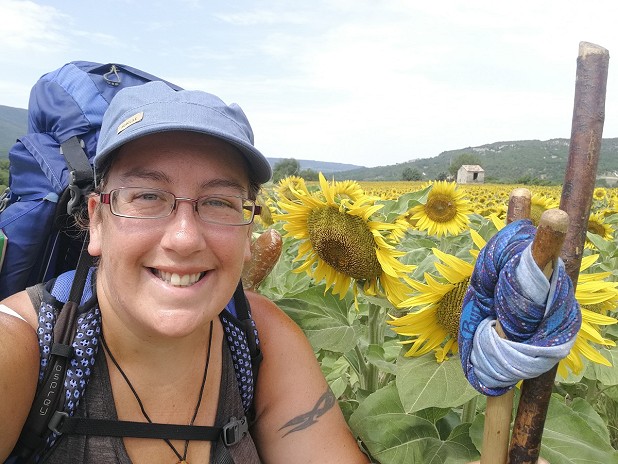
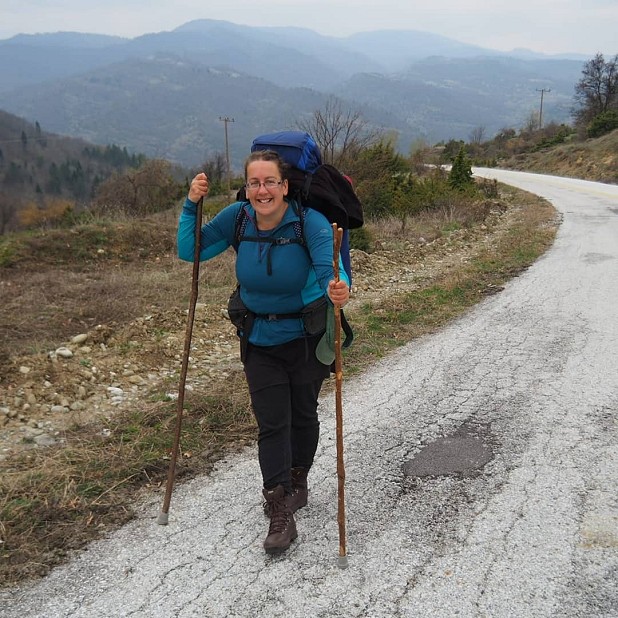
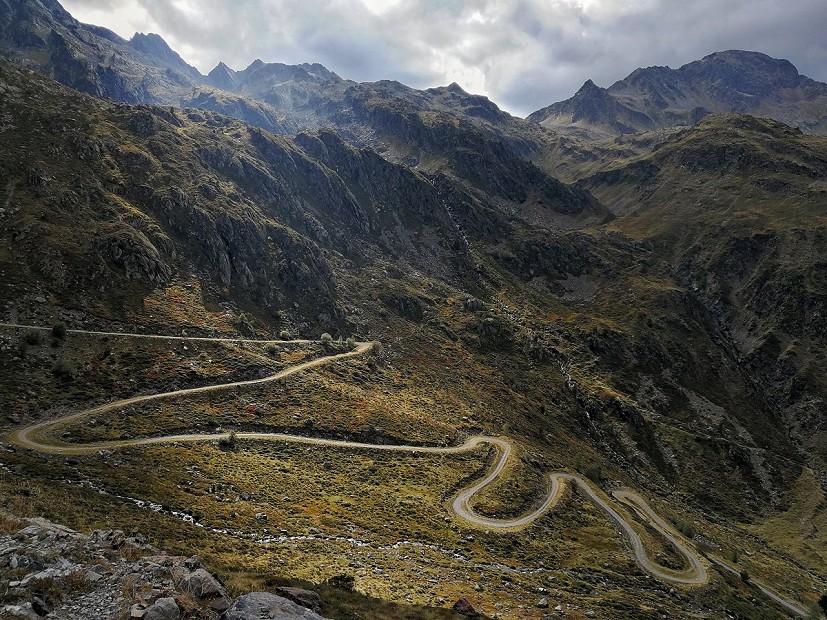

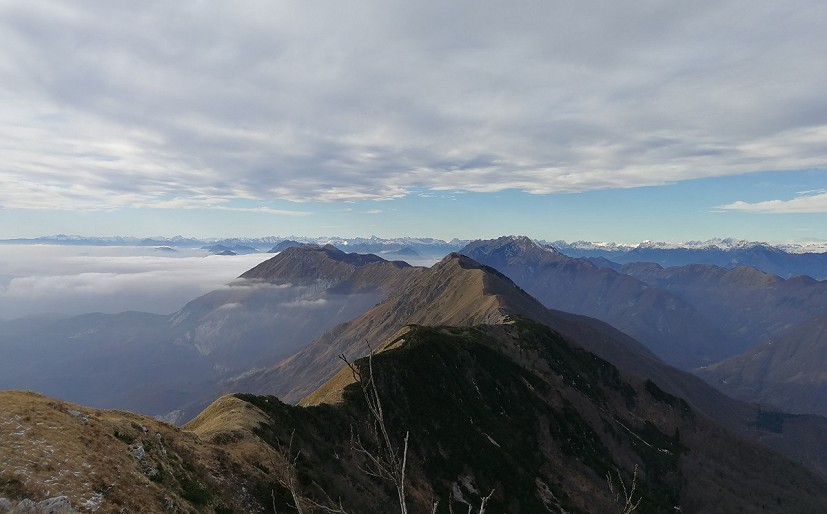
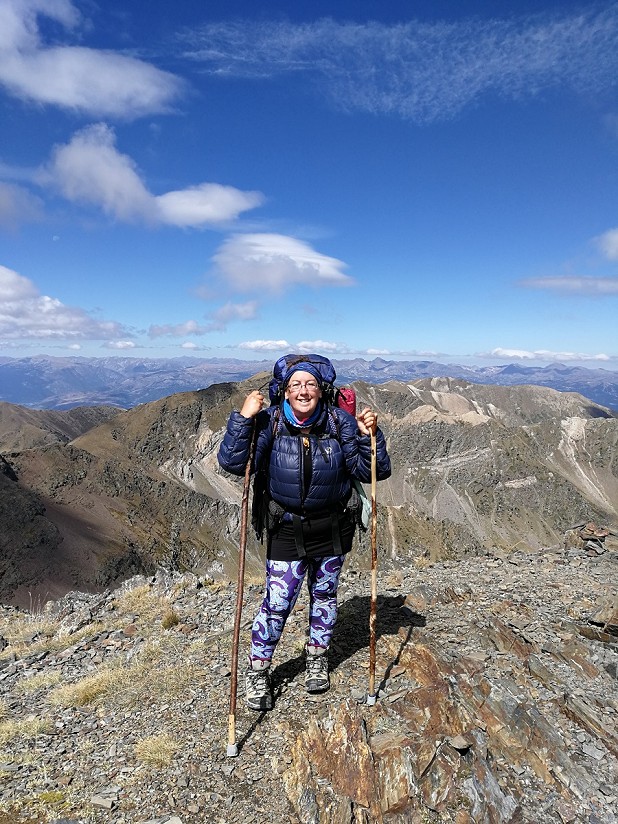


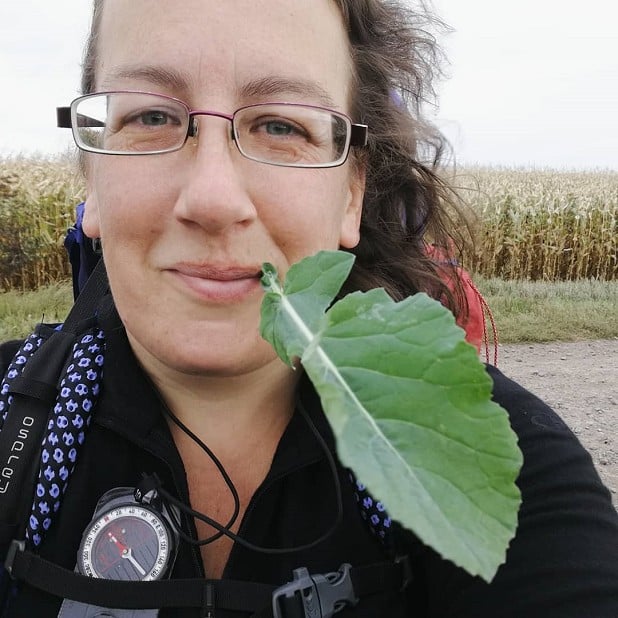
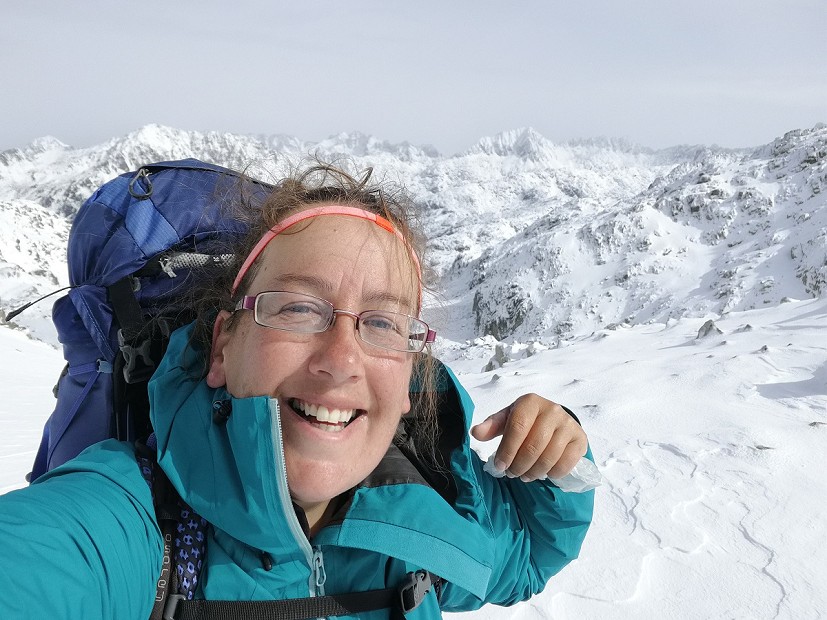
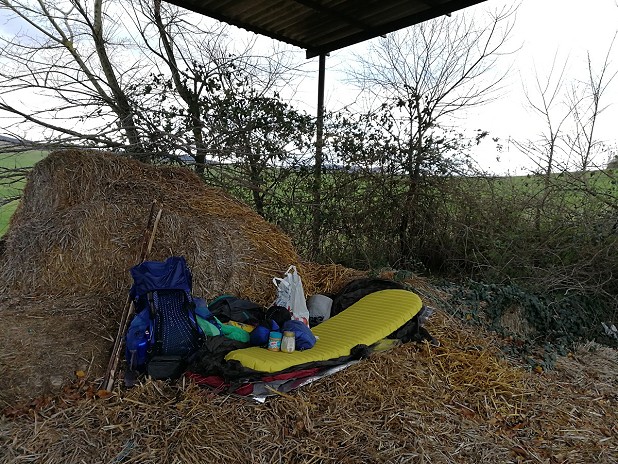
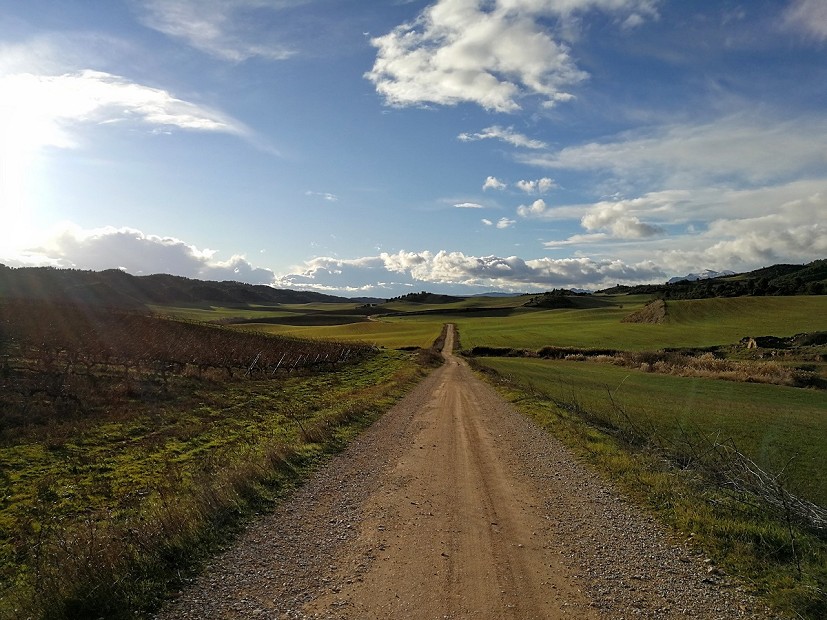
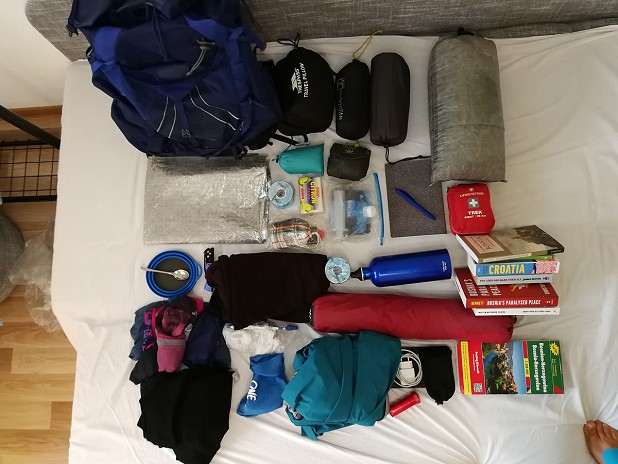
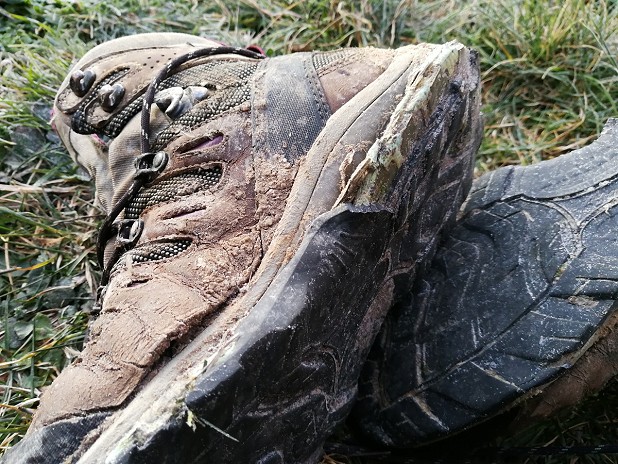



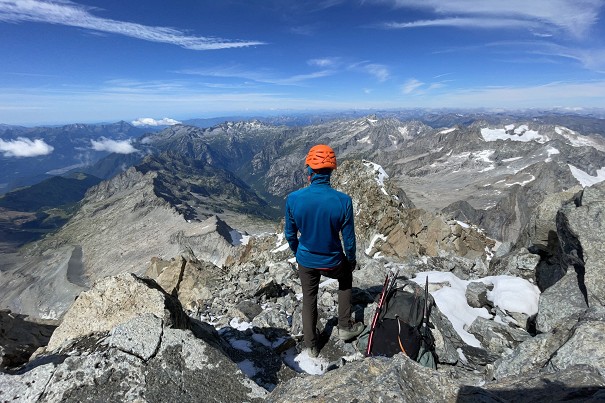

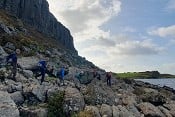
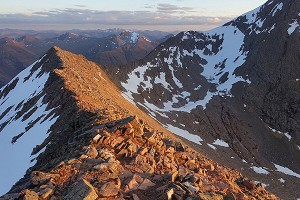

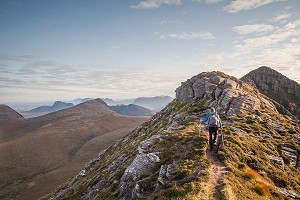
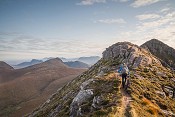

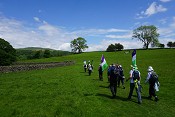
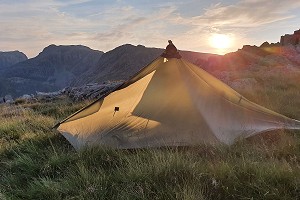
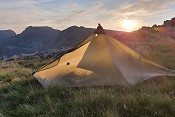
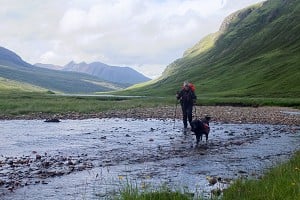
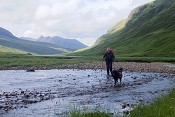
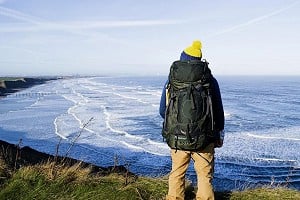
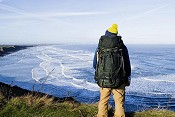

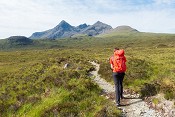
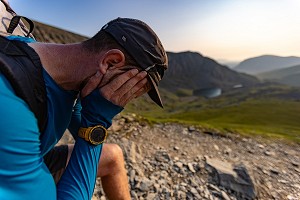

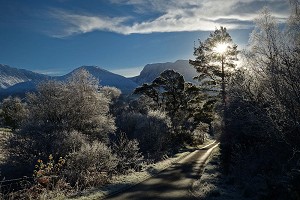
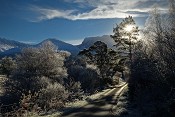
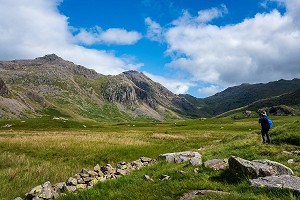
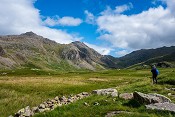
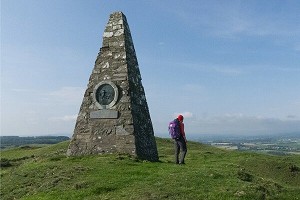
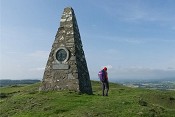
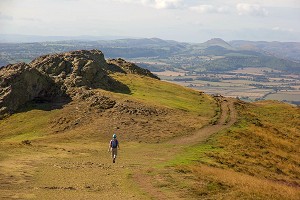
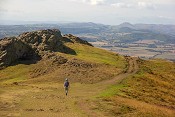
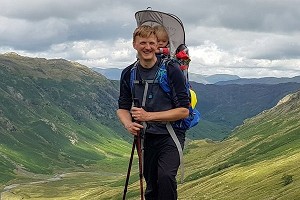
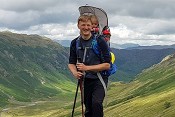
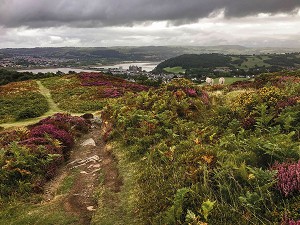
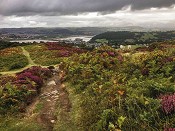
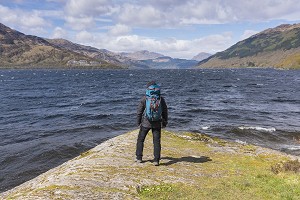
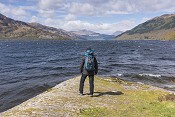
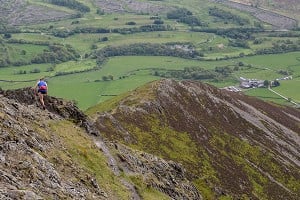
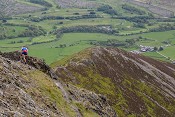
Comments
Well that's one way to weather Covid. Amazing!